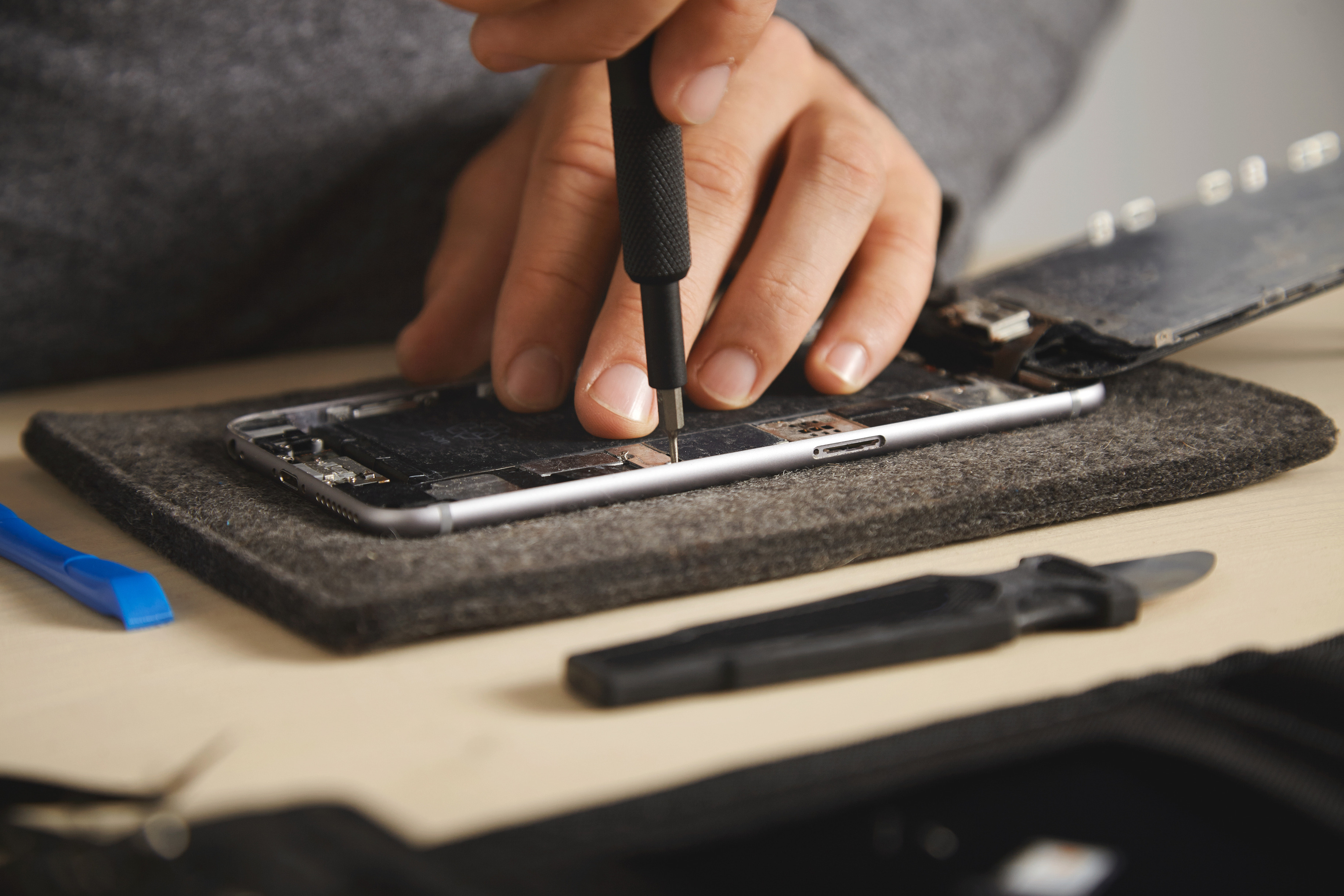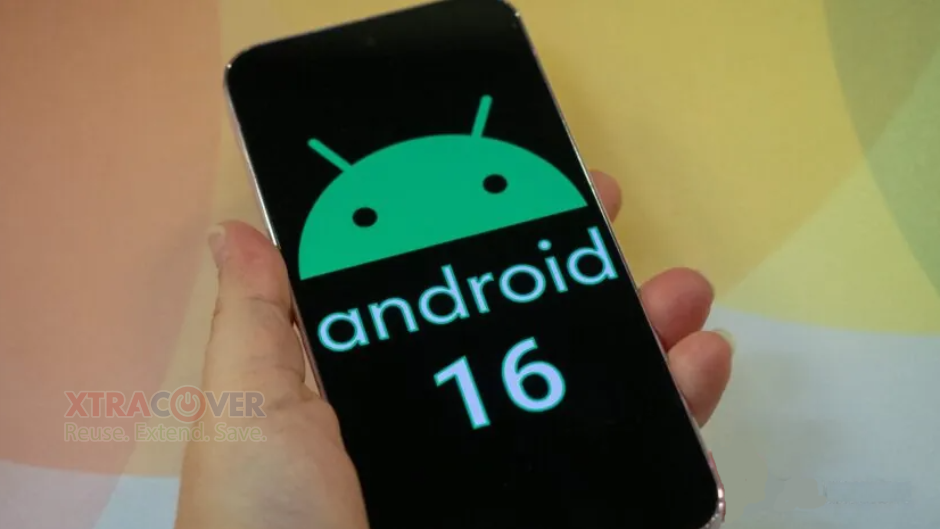The present fast-paced digital world has brought a series of changes in terms of consumer
preferences and buying behaviour. Today, digitalization is the utmost priority for the Indian
market with rising technology consumption.
However, the country still boasts more than 400 million feature phone users attributed to
frequent model upgrades, affordability and interruptions in the supply chain, that inhibit
consumers from getting their hands on a brand-new phone.
Against the backdrop of this, the popularity of refurbished gadgets market is rising at an unprecedented pace. The IDC and Indian Cellular and Electronics Association (ICEA) reveals – around 25 million second-hand smartphones were bought and sold in the market and their sales are projected to rise to 51 million units at a valuation of $4.6 billion by 2025. A convergence of factors leads to the rising demand for refurbished or secondhand smartphones in the market.
Value for Money:
Pocket friendliness is the most typical reason for consumers to shift to
. India’s largest demographic segment i.e., the middle class comprises about 300 million individuals and is the major driver of such smartphones. In retail, refurbished or secondhand smartphones are sold almost at half of the Average Selling Price (ASP) of a new one.
The recent market data states – 78% of the users buying a refurbished smartphone have a monthly income of less than Rs. 30,000 while 18% have a monthly income between Rs. 30,000 and Rs. 50,000. Hence, refurbished smartphones fulfil the aspirational demands of this consumer class who look for affordability to satisfy their appetite for high-end devices.
Reduce E-waste footprints:
In 2020, more than 20 million smartphones were traded in the secondhand market. This exhibits the possibility of another 100 million smartphones stacked idle at home. Most of the phones that remain at home are kept as spare phones for emergencies or just sitting in a drawer. This could be an appealing choice for environmentally conscious consumers who are becoming aware of their own e-waste footprints.
Refurbished smartphones slow down the e-waste generation process as the refurbishing process gives the device a new life that eventually increases its longevity. Around 85% to 95% of a phone’s annual footprint comes from the energy-intensive process of manufacturing.
The International Journal of Life Cycle Assessment, 2021 suggests refurbishing can bring down this carbon footprint to almost 55% as compared to using a brand-new smartphone for 2.5 years.
Quality Assurance:
Many smartphone users remain sceptical about the quality which ultimately, influences their buying decision. In recent years, the refurbished smartphone market has evolved into a more organized segment. Many players in the refurbishing market constantly gauge consumer demands and focus on customer centricity by providing quality assurance.
Several organized players in the smartphone refurbishment market ensure quality assurance. By testing the device internally and externally, these players ensure the quality of devices from multiple checkpoints. For instance, considering at least 80% battery health, the functionality of all ports, key parts functionality, etc. to deliver optimum performance.
Enjoy Extended Warranties:
Previously, the refurbished mobile phone market was recognized for the void of warranty on devices. As a result, consumers preferred brand-new smartphones for the warranties and other offers they received from the brand.
However, the popularity of refurbished gadgets often come with extended warranties. Once the company examines the smartphone, it sends the phone for reconditioning which further helps resellers or dealers to provide replacement and extended warranties to consumers.
Warranty on refurbished devices gives the consumer peace of mind and ensures they have purchased it from a certified seller. It eases their concerns about the maintenance and service of the smartphone and boosts their confidence in refurbished gadgets.
Ease in availability from reputable sellers:
The entry of organized players in the refurbished smartphone market is augmenting the sales of refurbished smartphones. Besides the metropolitan cities, tier 2 and tier 3 cities also demonstrate growing demand for such smartphones due to affordability and accessibility that has been eased by refurbishing players.
These refurbishing companies have benchmark processes to extend the longevity of smartphones with additional value-added services. As a result, the consumer gets the similar rights of purchasing a brand-new smartphone when actually buying a refurbished one. Additionally, this can keep customers steer clear of false or deceptive selling as well as misleading promotions.
Final Thoughts:
The popularity of Refurbished Gadgets market is triggering several benefits that were once unimaginable to capitalize on. With accelerated refurbished smartphone adoption across tier 2 and 3 cities, the market is harmonizing the demand and supply of advanced smartphones in the market. Additionally, it is creating a cult of technologically advanced smartphone users that can be a game-changer in enabling India’s digital transformation journey.









